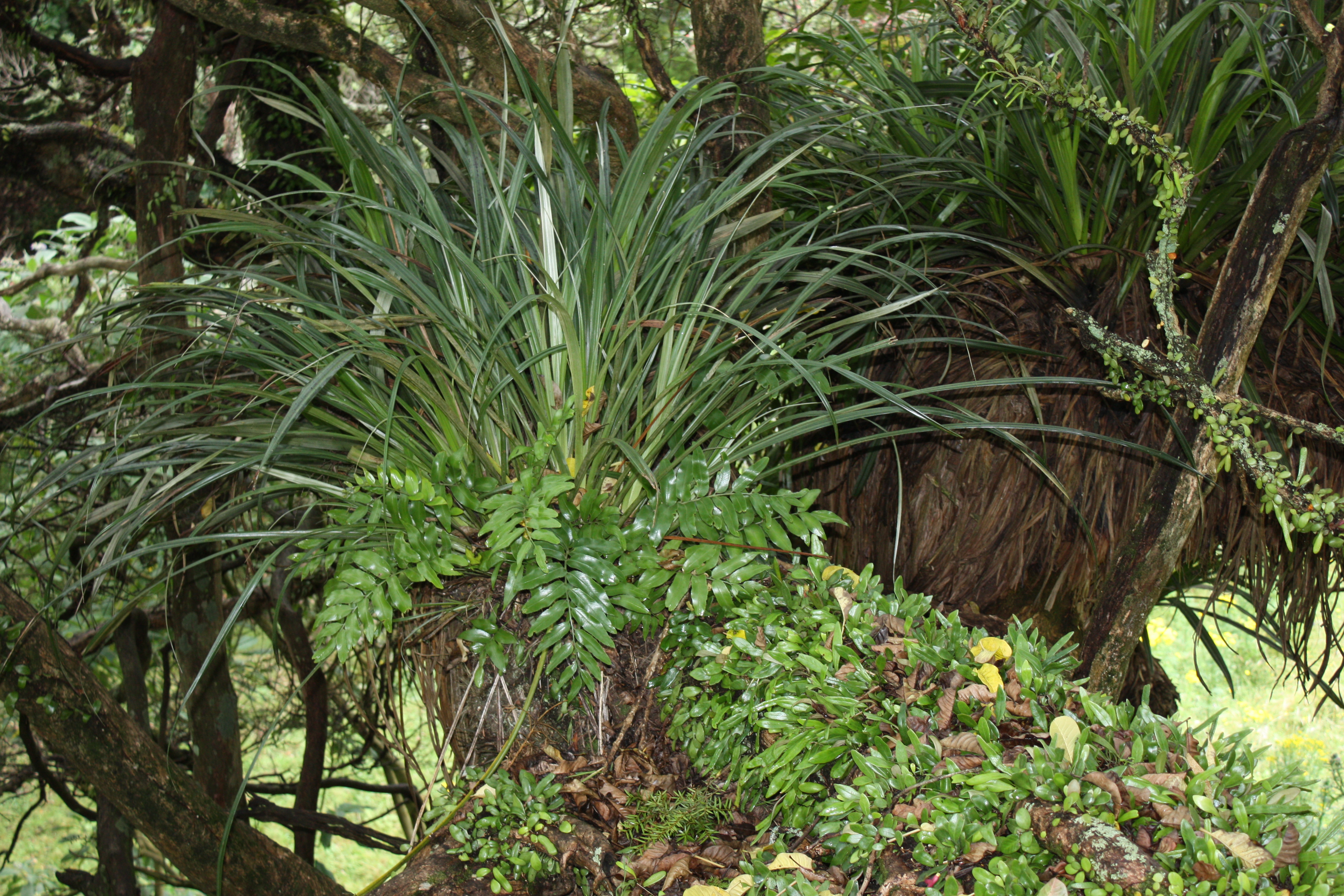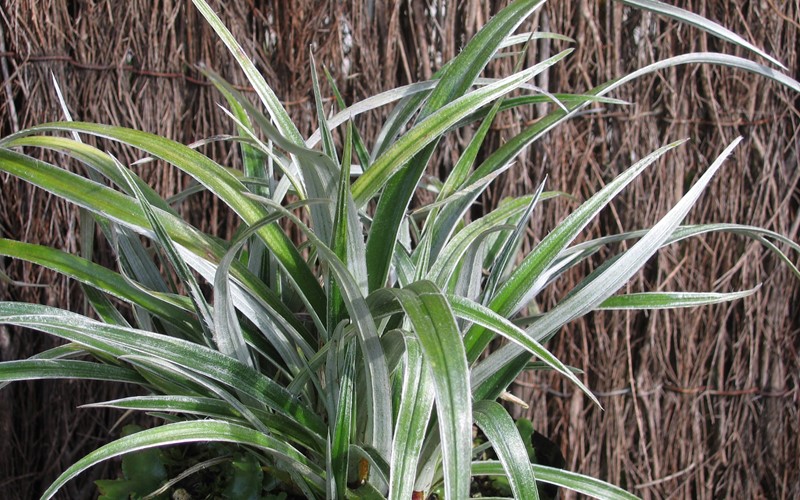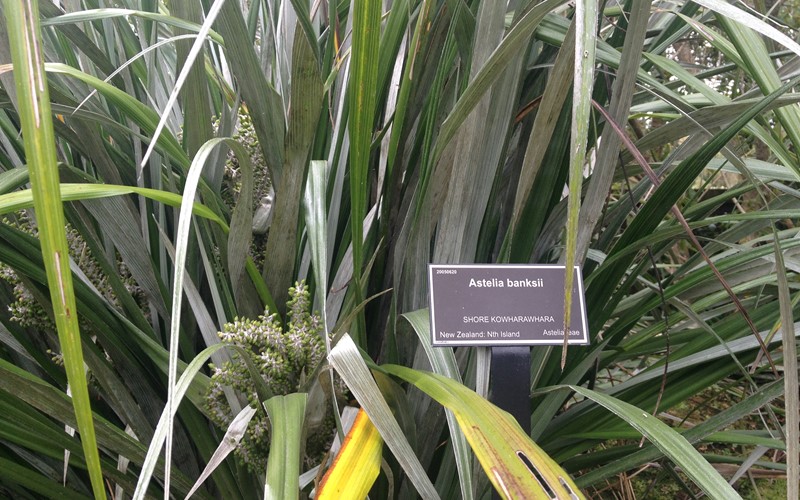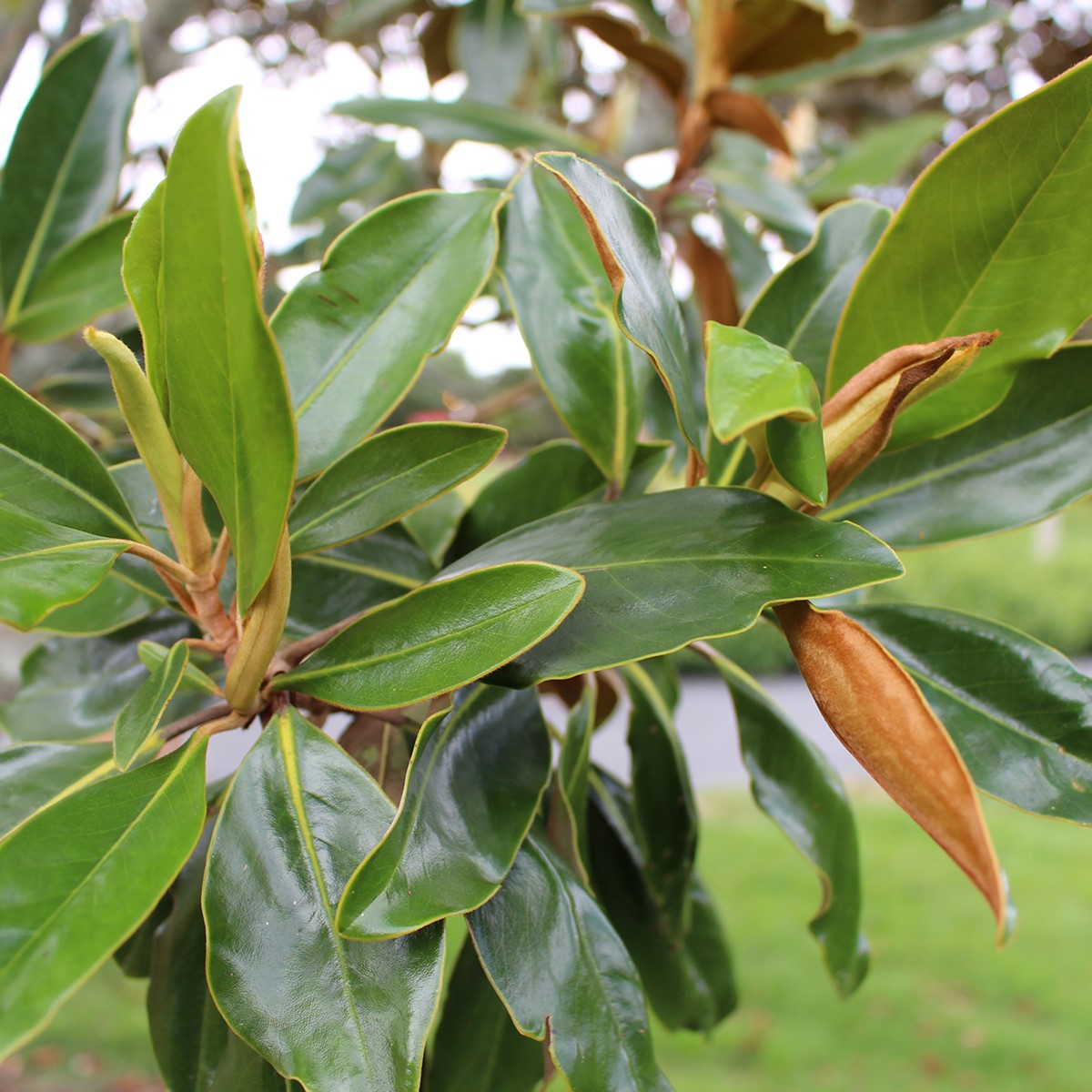Physical characteristics
Large, tufted, clump-forming native plant with drooping silvery leaves growing up to 1m tall.
Flowers and foliage
Narrow, silver-
Preferred site
Prefers
Preparation for planting
Always choose healthy, well-grown
Maintenance tips
Apply mulch
Ecological and biodiversity benefits
Creates a habitat for invertebrates and food for forest birds.
Pests and diseases
Can occasionally suffer from slug damage, so avoid planting in poor-draining soil.
Location at Auckland Botanic Gardens
Native Identification Trail


.jpg?anchor=center&mode=crop&width=1200&height=800&rnd=132106829310170000)



.jpg?anchor=center&mode=crop&width=800&height=500&rnd=132106829310170000)
.jpg?anchor=center&mode=crop&width=1200&height=1200&rnd=131732822304530000)

.jpg?anchor=center&mode=crop&width=1200&height=1200&rnd=132106949760530000)
 .jpg?anchor=center&mode=crop&width=1200&height=1200&rnd=131732822977030000)